About Suri Alpaca |
There are two types of alpaca; the huacaya with its fluffy sheep like wool and the suri with draping locks of lustrous silky fibre. Suri produce a rare beautiful fibre unlike that from any other animal. The best known suri trait is the outstanding natural lustre but it also has a beautiful feel. In every other way suri and huacaya are the same. Read more about Suri Fibre |
|
|
|
|
|
Behaviour
|
|
Alpaca reproduction
|
|
Background
|
Suri Fibre |
||
|
||
Farming Alpaca |
||
|
||
Buying guide |
||
|
||


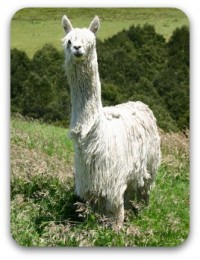 Suri have elegant long draping locks.
Suri have elegant long draping locks.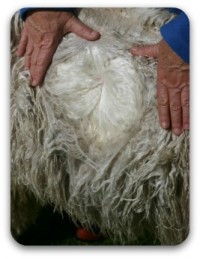 Suri have lustrous silky fibre.
Suri have lustrous silky fibre.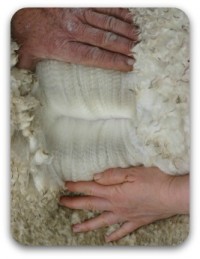 Huacaya fibre has crimp like sheep wool
Huacaya fibre has crimp like sheep wool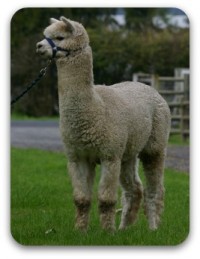 Huacaya have fleece the grows out from the body.
Huacaya have fleece the grows out from the body.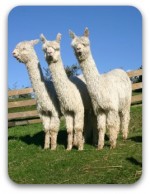 Lifespan
Lifespan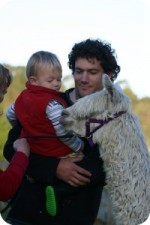
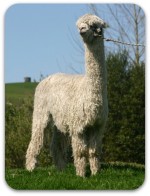 Conformation
Conformation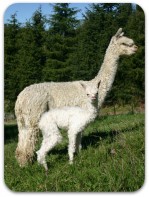
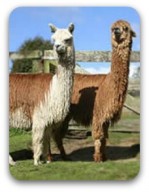
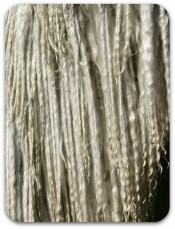 Suri produce a rare beautiful fibre unlike that from any other animal. The best known suri trait is the outstanding natural luster but it also has a beautiful feel...
Suri produce a rare beautiful fibre unlike that from any other animal. The best known suri trait is the outstanding natural luster but it also has a beautiful feel...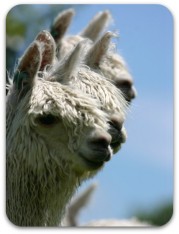 There are different theories around about what a suri is exactly. The most popular being Ponzonie single gene theory. This sets out that the suri is the dominant gene...
There are different theories around about what a suri is exactly. The most popular being Ponzonie single gene theory. This sets out that the suri is the dominant gene...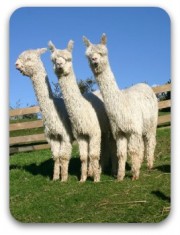 Alpacas are superb animals to farm as they are intelligent, easy to handle and very hardy. They also possess a very appealing and calming presence.
Alpacas are superb animals to farm as they are intelligent, easy to handle and very hardy. They also possess a very appealing and calming presence.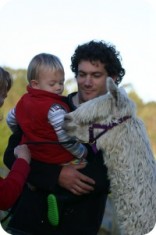 Purchasing your first alpaca can be daunting, there seems like so much you need to know. So to make it a bit easier we have put together some quick tips to help you.
Purchasing your first alpaca can be daunting, there seems like so much you need to know. So to make it a bit easier we have put together some quick tips to help you.


